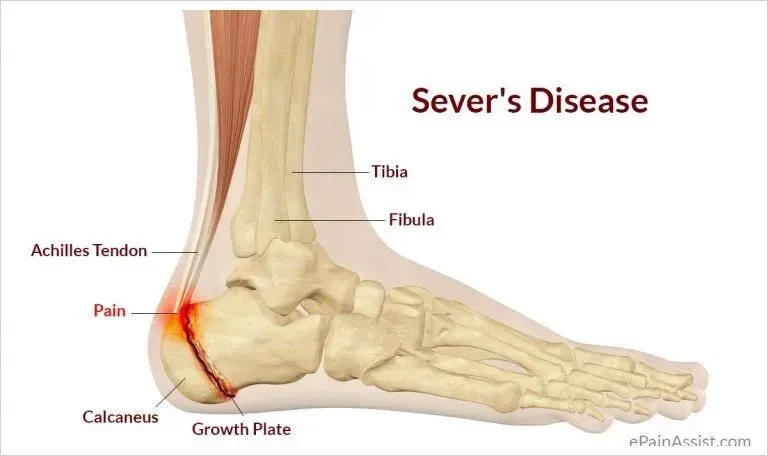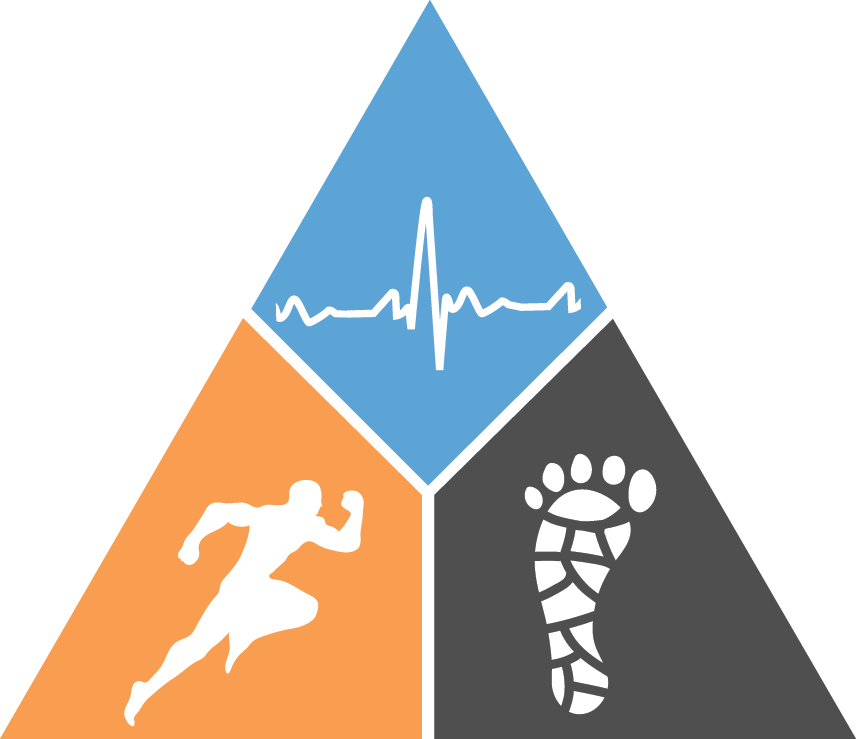Severs Disease
What is Sever's Disease?
If your child is experiencing heel pain, it could be Sever's disease, which is swelling and irritation of the growth plate in the heel. This growth plate is a special layer of cartilage near the end of a bone where most of the bone's growth takes place. It's a bit weaker than the rest of the bone, which means it's more prone to getting hurt. It's the top reason for heel pain in kids who are still growing, usually between 8 and 14 years old.
The good news is that with the right care,
Severs disease typically goes away within a few months and shouldn't cause any long-term issues. Remember, early detection and proper treatment can help your child get back to feeling better as quickly as possible.
Severs Disease Symptoms
Does your child ever experience heel pain after running, jumping, or playing sports? They might be dealing with Sever's disease, which often causes discomfort in one or both heels. Symptoms can include:
- Pain and tenderness underneath the heel
- Mild swelling and redness in the heel area
- Stiffness in the feet upon waking up
- Limping or walking on tiptoes
- Pain when the heel is squeezed on both sides
These symptoms are usually worse during or after activity and improve with rest. If you're experiencing any of these issues, it's important to
contact Pinnacle Podiatry.
Sever's Disease Causes
The main cause of Sever's disease is when the heel gets stressed out due to repetitive activities, especially during growth spurts in kids and teens. Playing sports like running or jumping increases the risk, but even those who aren't as active can get it if they wear flat shoes a lot.
The good news is that most cases of Sever's disease can be treated with rest, some over-the-counter meds, and switching up your footwear. Stretching your calf muscles can also help reduce the strain on your heel.

Severs Disease Treatment
Here are some friendly tips to help your child manage Sever’s disease and relieve pain and discomfort:
- Encourage your child to take it easy and limit exercise activities that cause pain until they can enjoy them without any discomfort.
- Consider using heel pads or cushions in their shoes to absorb impact and reduce stress on the heel. Chat with Pinnacle Podiatry about our custom orthotics. By elevating the heel slightly in their shoes, it can help relieve pressure on the growth plate.
- Nonsteroidal anti-inflammatory drugs like ibuprofen can help reduce pain and swelling.
- Stretching exercises can aid in strengthening the calf muscle and leg muscles once the pain has decreased. Chat with Pinnacle Podiatry about a home exercise program to assist with stretching and strengthening.
- For cases where walking is difficult, a “walker boot” may be necessary to immobilise the foot while it heals.
- Make sure your child wears comfortable shoes with good support and avoids activities that exacerbate the pain, such as jumping and running. Try incorporating low-impact activities like swimming and cycling into their routine.
Once the pain subsides, your child can gradually return to their normal activities. Remember, Sever’s disease usually resolves within a few months to a few years without any long-term issues. Just be patient and take it one step at a time to help your child recover comfortably.
FAQS
Here are answers to some common questions about Sever's Disease.
-
What is sever’s disease?
If your little one is complaining of heel pain, it may be Sever's disease, which occurs when there is swelling and irritation of the growth plate in the heel. This growth plate is a special layer of cartilage near the end of a bone where most of the bone's growth occurs. Because it is slightly weaker than the rest of the bone, it is more susceptible to injury. Sever's disease is the most common cause of heel pain in children who are still growing, typically between the ages of 8 and 14.
-
Can you play sports with sever’s disease?
Absolutely! If you're experiencing manageable pain that isn't getting worse with physical activity, it should be safe to keep playing sports. Keep in mind, though, that sports that involve bearing weight can worsen any inflammation and pain you may be feeling. It might be a good idea to make some adjustments to your sports participation, like reducing intensity or taking a break for a little while. Your health and well-being come first, so listen to your body and make the necessary changes to stay safe.
-
How long does sever’s disease last?
The great news is that with proper care, Sever's disease usually improves within a few months and is unlikely to cause any long-term problems. Remember, it is important to detect it early and provide the right treatment to help your child start feeling better as soon as possible.

